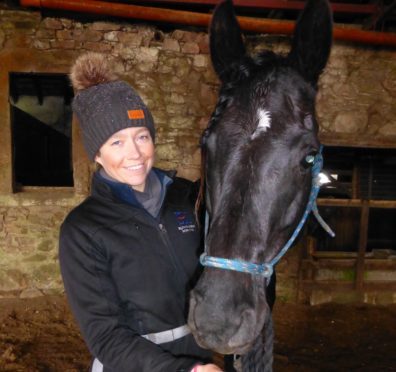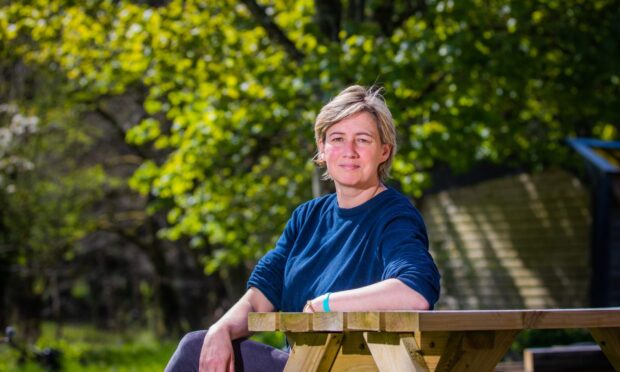A leading Edinburgh vet is adopting scientific tools to tackle the dangers of needle-shy and difficult horses which she says pose a risk to 95% of equine vets every month.
Gemma Pearson, an equitation scientist at the Royal (Dick) vet school in Edinburgh, has done research which shows that one in every seven vets has been injured by a horse at some point in their career, and some animals prove so difficult to handle, the decision has to be taken to withdraw treatment and can mean the animal has to be euthanised.
She said research for her Master’s degree revealed 95% of vets encountered difficult animals at least every month and the biggest problems were from pushy, barging horses, while others reared, kicked with their hind legs or struck out with a front foot.
“Some won’t stand still for examination, which makes it difficult for a vet to do a good job, and there are needle-shy horses which are phobic about being injected, and those are the ones that start to become more dangerous,” Gemma said.
“If you can imagine you have half a tonne of horse pushing someone around and crushing them against a wall, there’s a potential for injury there.”
And while some owners are willing to help with handling a difficult animal, she said
others are nervous of getting too close, which can leave a vet even more exposed.
“In the small-animal (vet) world, if you had a dog that was aggressive you’d have nurses and colleagues who were confident and could help, and in the farm world, which is dangerous for a vet as well, the farmers are more likely to help, whereas while some equine owners are amazing, some see it as a vet’s job to train the horse and to deal with a difficult or dangerous horse.”
However, Gemma pointed out that not all veterinary training covers working with difficult horses, so vets are sometimes guilty of doing the wrong thing at the wrong time, which could accidently train horses to become more and more difficult, especially when the vet approaches a horse to give it an injection.
“If a vet puts a hand on a horse’s neck, and if it moves away or rears, they release their hand, or the horse removes it by throwing their head back or rearing,” she said.
“That’s what we call negative reinforcement. It rewards the behaviour, and over time the horse learns to move its head back faster and rears, and they get really good at displacing the vet.”
Instead, Gemma teaches vet students to start by putting a hand on a horse’s shoulder, which the horse can often handle more easily, and as soon as it stands still and relaxes, the hand can be removed.
She added: “We can add to that and make it more powerful by positive reinforcement, or clicker training.
“If a person places their hand on the horse’s neck and it stands still, you click then give the horse a piece of food.
“Adding these techniques together can be really powerful.
“I deal with a lot of needle-shy horses and I’d say 99% of them we can work with and have them injected standing calmly within a minute or two maximum.”
Gemma is the veterinary liaison officer for the International Society of Equitation Science and shies away from being described as a horse whisperer.
“What I do is based on equitation science, so based on evidence and proven
techniques and understanding of how horses learn,” she said.
“A lot of problems come about because people assume horses are more intelligent than they are, and they think they’re being naughty or don’t respect them rather than
realising that by releasing the pressure at the wrong time, they’ve just rewarded the wrong behaviour.”
nnicolson@thecourier.co.uk










